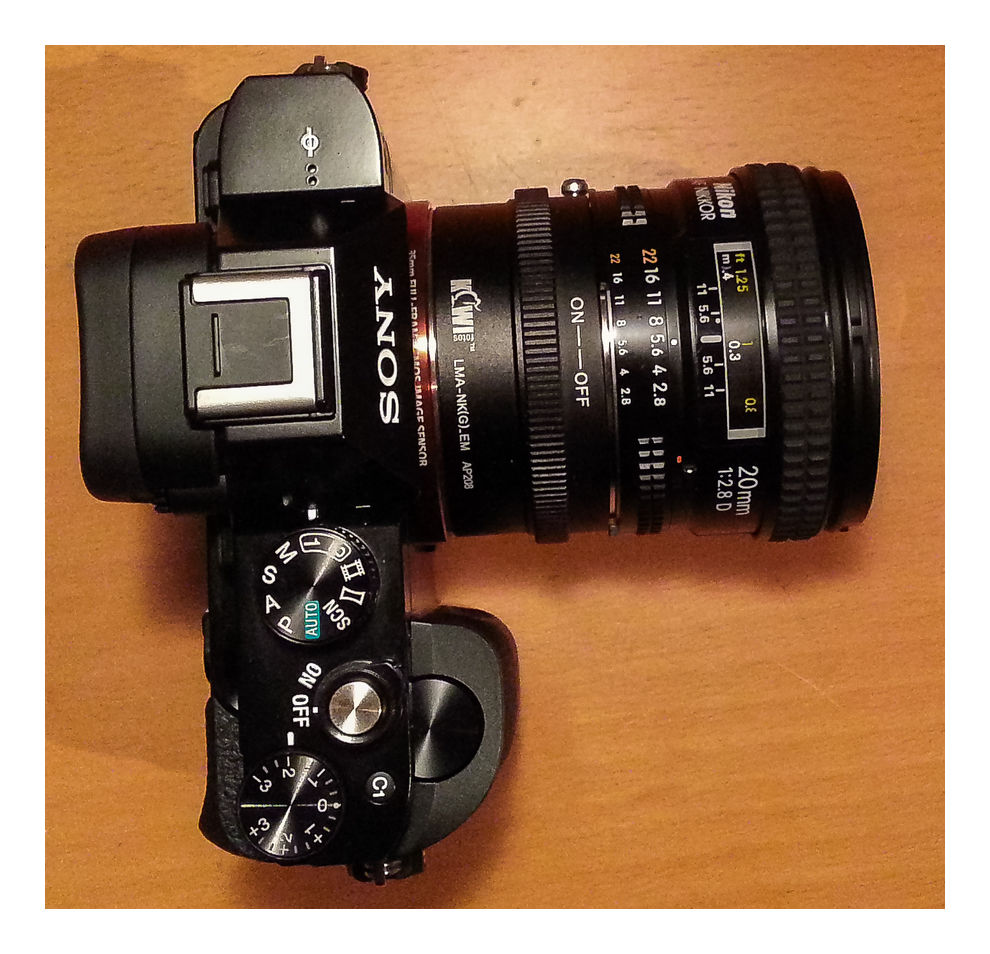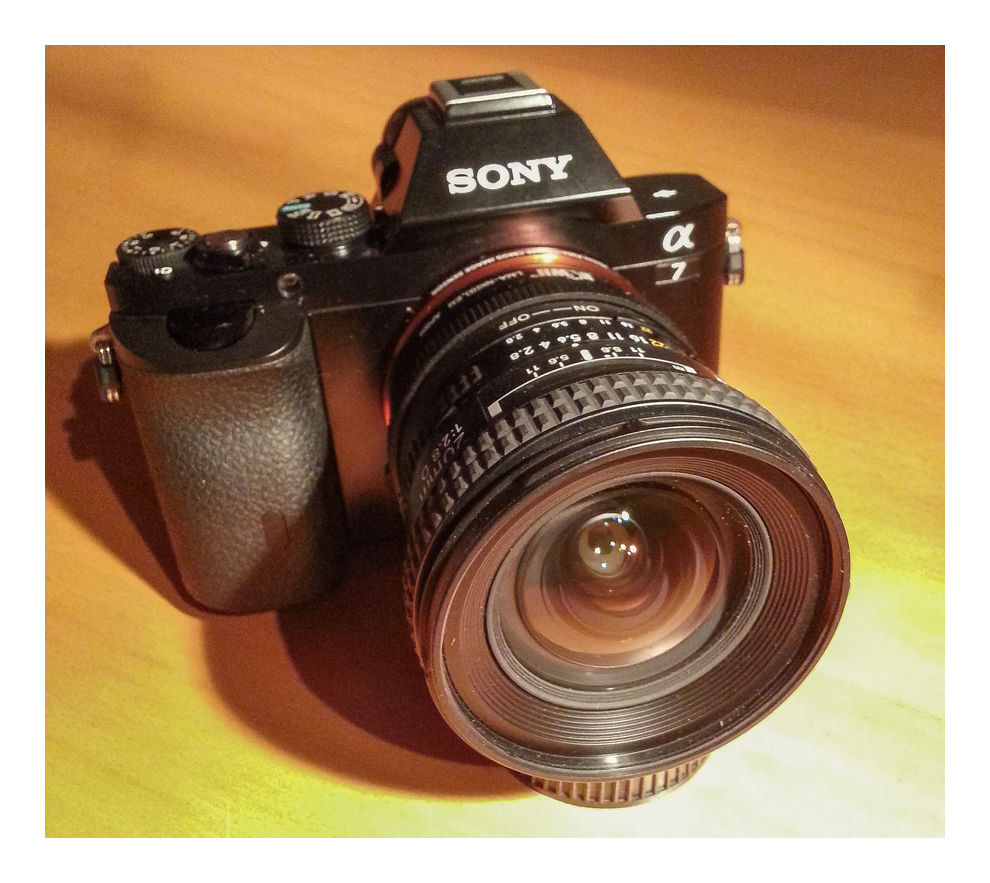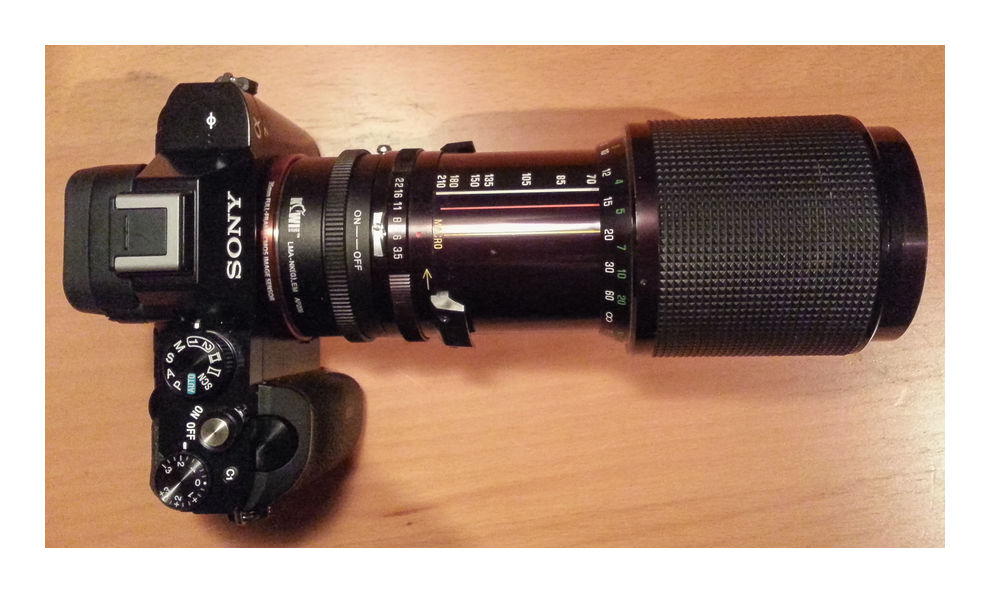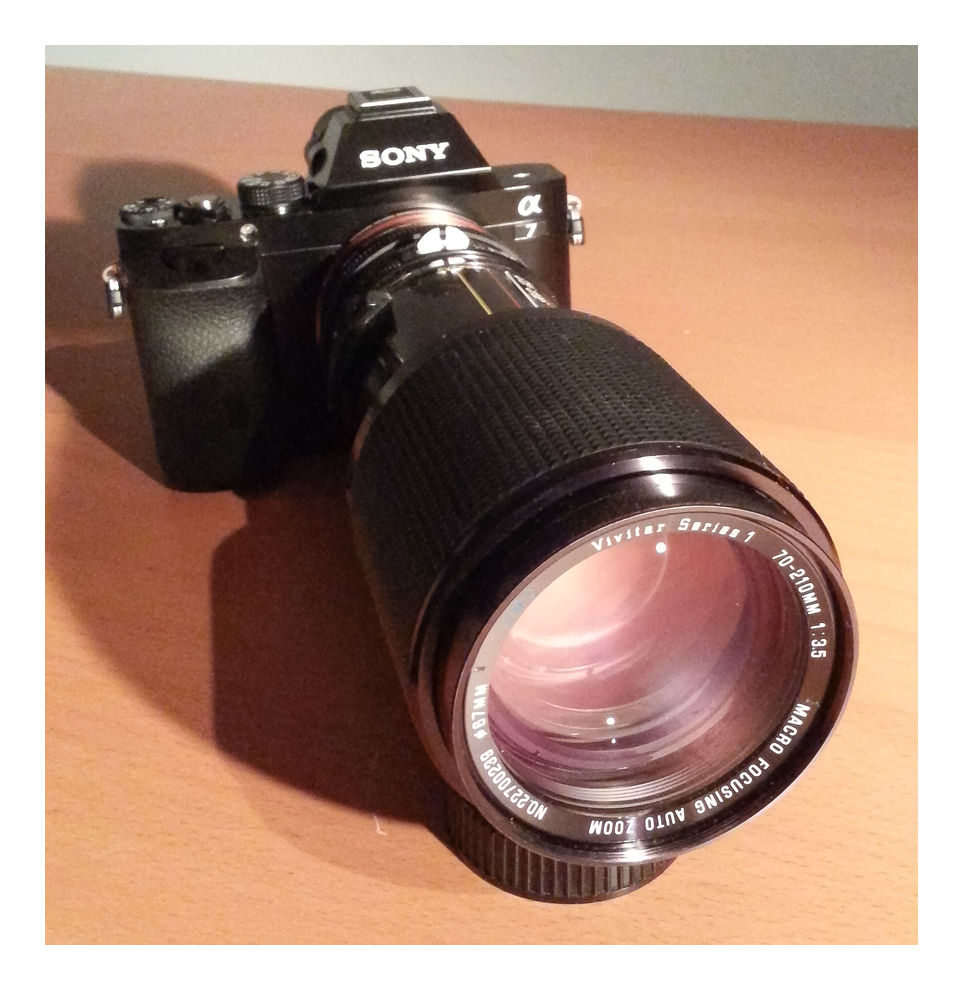Ben Rubinstein
pro member
Surprise? Ever since the mirrorless world opened up manual lenses have found a new home (and new high prices).
It was when I saw tests done comparing a Canon LTM 50mm from the sixties to a Leica 'Lux Asph when I realised that at f8, there really isn't that much difference between good lenses. Certainly not at 50mm. Bit like the fact you have to work hard to find a bad 85mm lens. Wide angle is a different story. Colour and flare resistance is of course going to change but contrast and resolution, yes but only when doing serious pixel peeping.
Hi Asher,Michael,
I'm surprised at the flurry of purchases with manual lenses? Is your use so deliberative or do you have some special tricks for use with people such as hyperfocal distance or else small apertures?
Asher
Hi Asher,
This is far less complicated than you think - it was merely putting old lenses I already had back to work. For some, not all, it was worth the effort.
Best regards,
Michael
My experience with focus peaking is that it doesn't work as it is supposed to. It basically shows high contrast edges in the frame, which doesn't mean that they are in focus or vice versa. If an in focus area has no contrasty edges, it does not peak. SO I have switched it off. The EVF of the A7 (and previously Nex7/6) is very good when combined with assisted manual focusing (i.e. the image temporarily zooms in when the focus ring is manually turned).Michael,
So you use MF and live view with focus peaking? If the pace is deliberative, results should be perfect.
Asher
My experience with focus peaking is that it doesn't work as it is supposed to. It basically shows high contrast edges in the frame, which doesn't mean that they are in focus or vice versa. If an in focus area has no contrasty edges, it does not peak. SO I have switched it off. The EVF of the A7 (and previously Nex7/6) is very good when combined with assisted manual focusing (i.e. the image temporarily zooms in when the focus ring is manually turned).
But that is not the principle of the split image, and typically the image there remains quite sharp even when a bit out of focus.*That reminds me of focusing manually with the original Pentax Spotmatic in film days. The split circle in the optical viewfinder went for hazy to very sharp as the focus was found effortlessly.
All very nice, but to me photography is not that much about focusing accuracy but more ( much more ) about the rendering of an image.
Of course, for technicians, this might not be true.
Best.
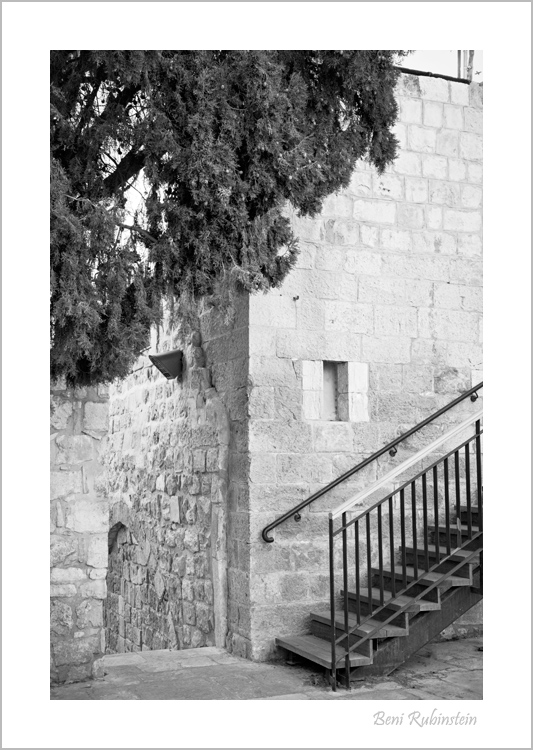


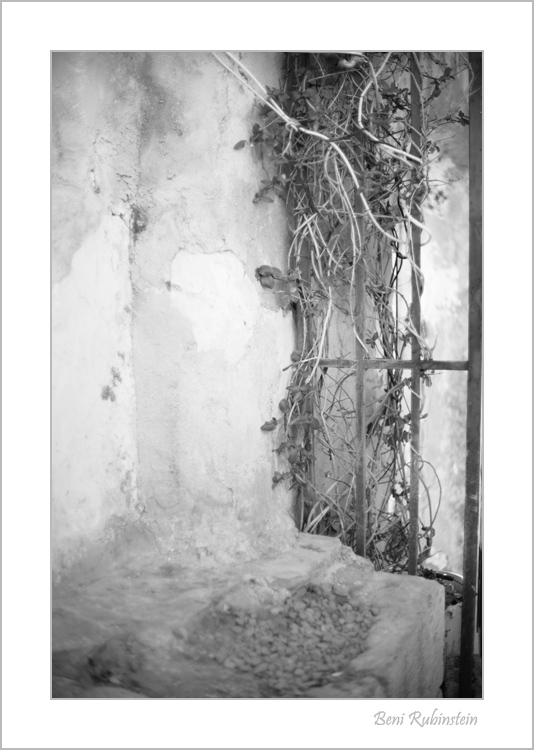




Which Fuji body are you using Fahim and what happened to the Leica which you loved so much?






